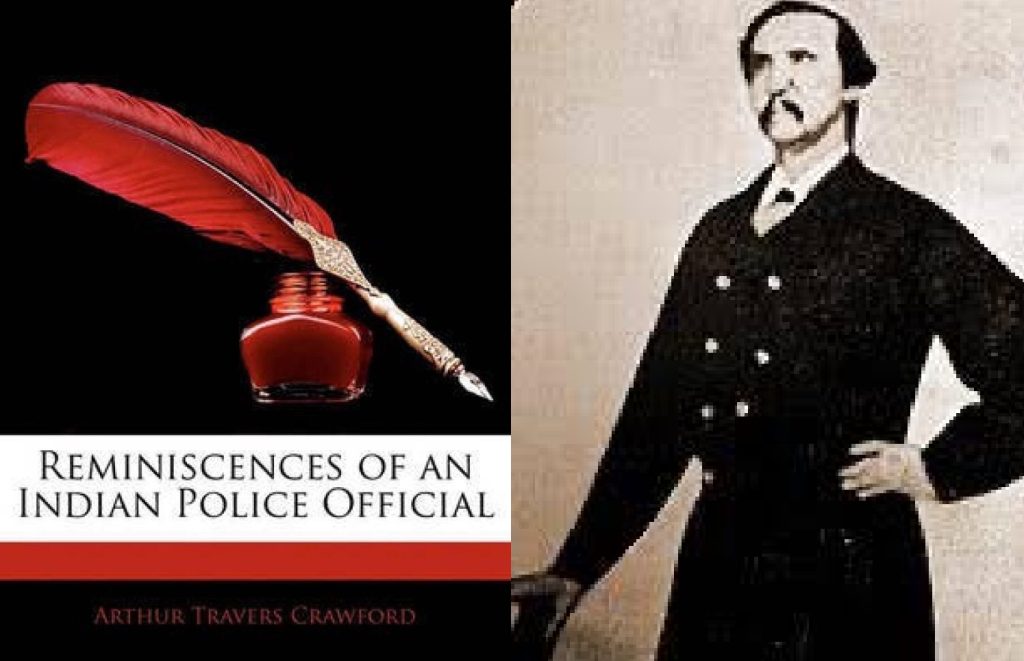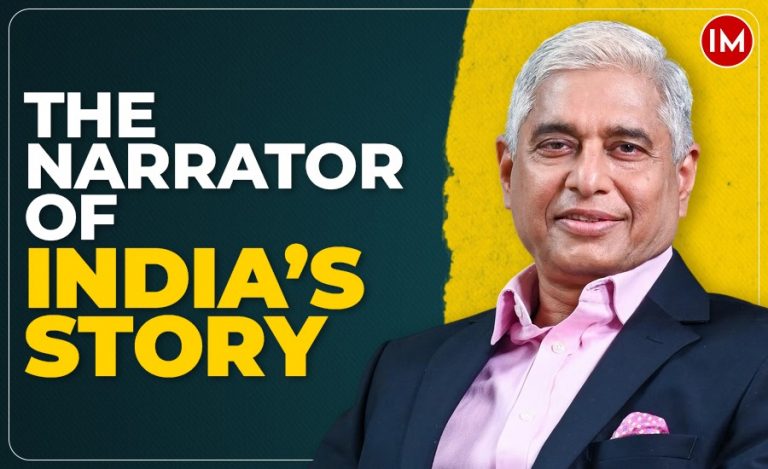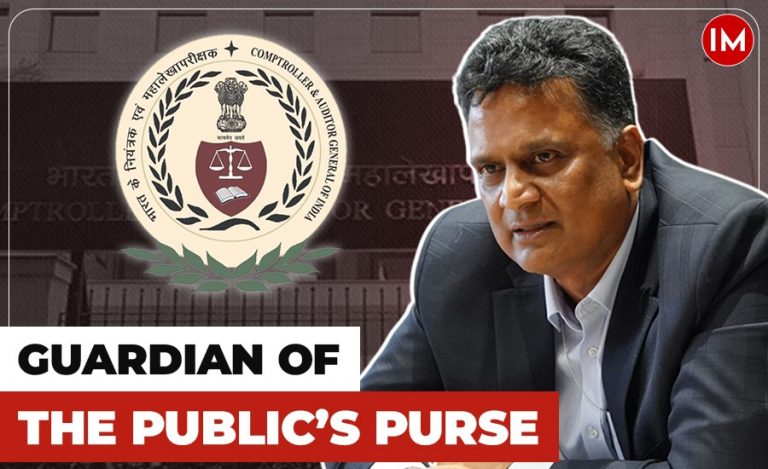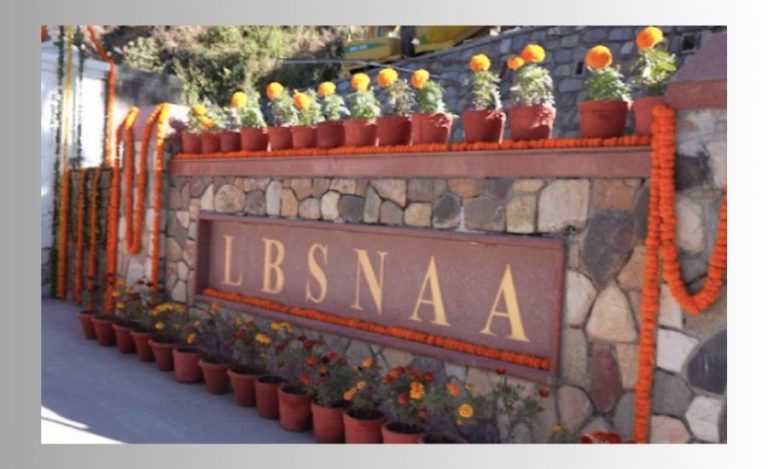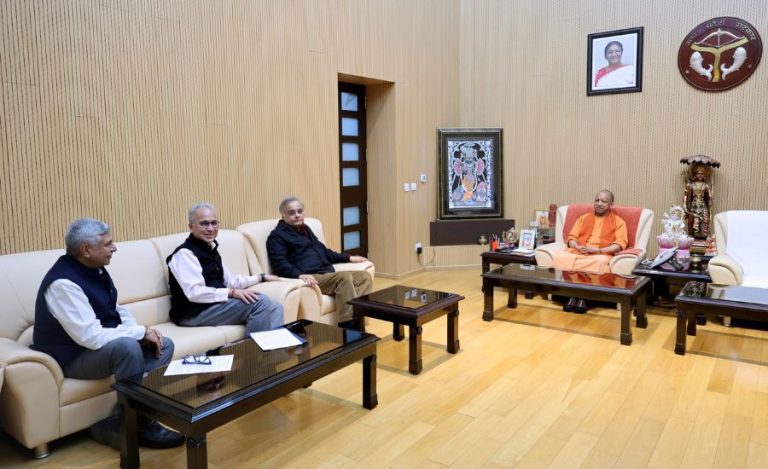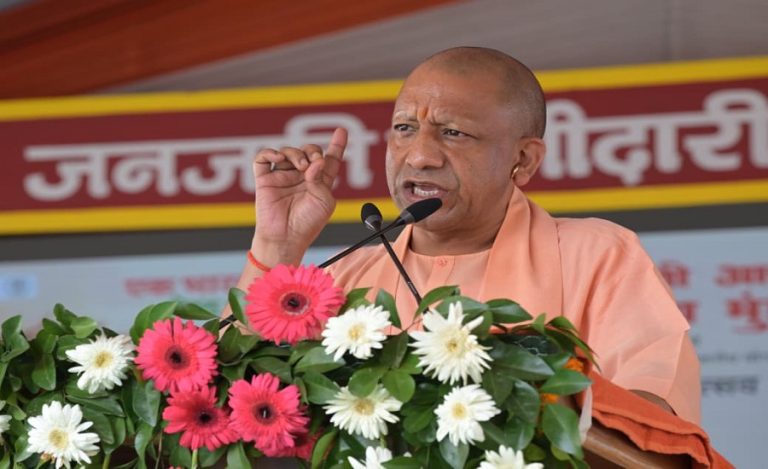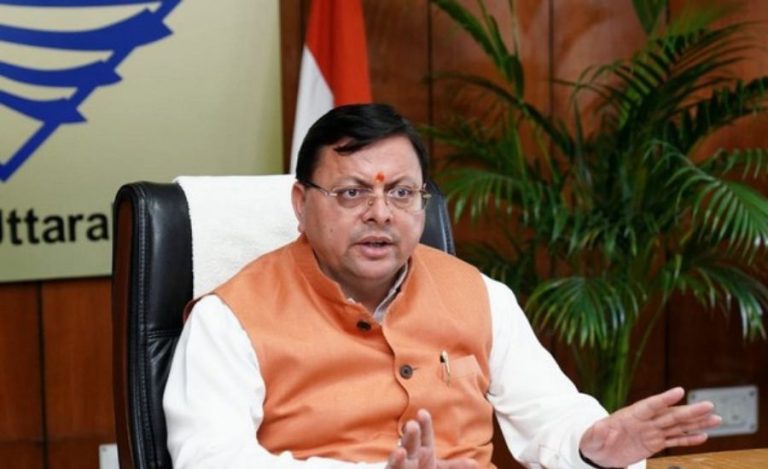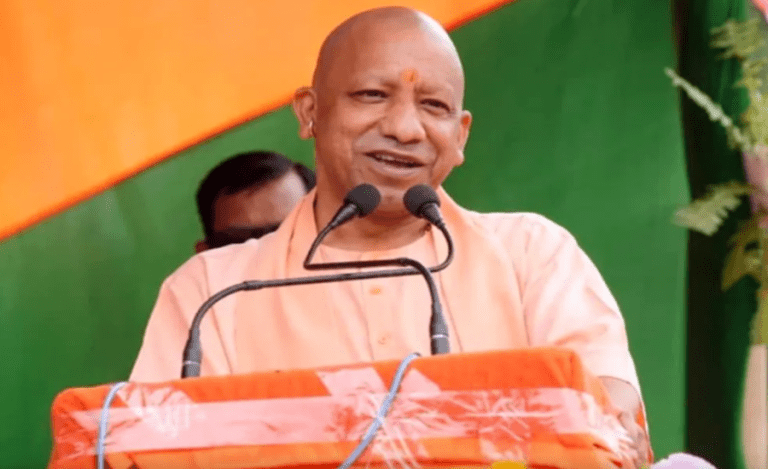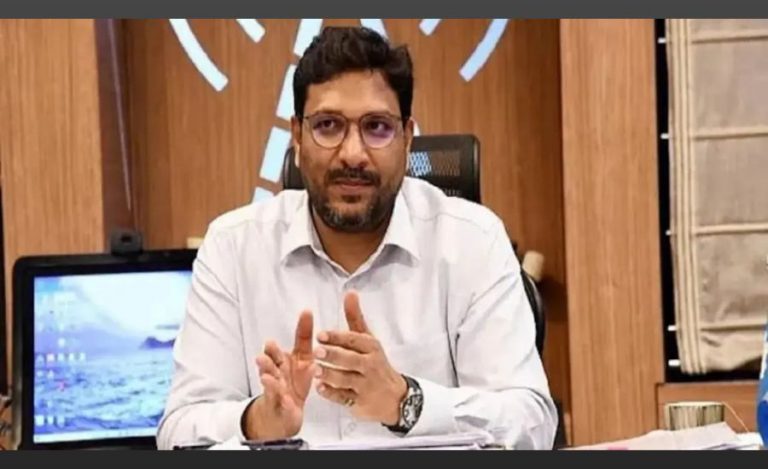During the past 150 years, Mumbai might have metamorphosed into the financial capital of the country, burgeoning rapidly, often bursting at the seams, yet Crawford Market continued to remain one of the most iconic shopping destinations of the city. Few know that the market is named after an Indian Civil Services (ICS) officer, Arthur Travers Crawford, who was the first Municipal Commissioner of Bombay.
Crawford, a British government employee, joined the post at the age of 30 and served from 1865 to 1871, but not without a fair share of controversies. The city might have undergone many a changes, its name might have been changed to Mumbai, and even the market might have been rechristened as Mahatma Jyotiba Phule Market, but one of the oldest shopping areas is still known by the name of its founder.
After he took over as Municipal Commissioner, Crawford transformed the city by improving its infrastructure and sanitation. He got the streets cleaned, fixed the drains, ensured proper water supply, and lowered the mortality rate by half over the next two years.
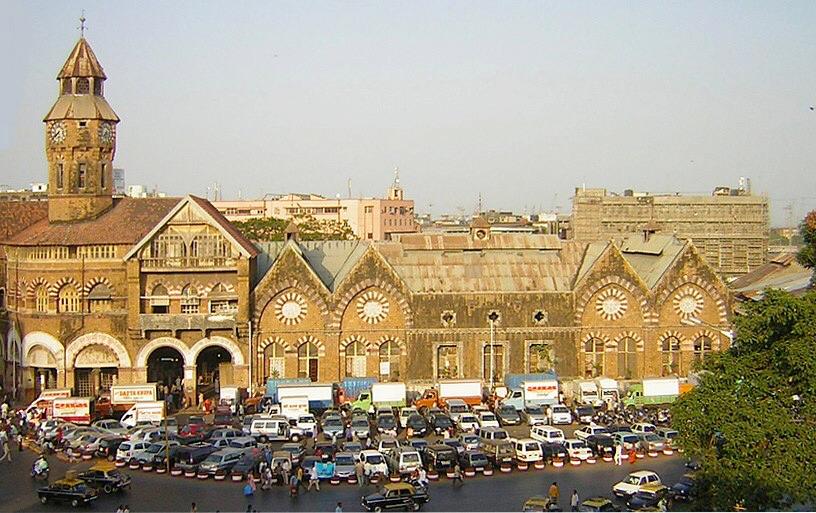
MAN BEHIND CRAWFORD MARKET
To fulfil his desire to build an extensive market for the city, he arranged for a competition of market designs. William Emerson won this competition with his design which was considered most appropriate for the city’s climate. A corner site was selected for the market because of its easy accessibility to the Black (Indian) and White (British) Towns of the original island city, and, also, because of its proximity to the railway station and the intersection of main roads.
It was christened Crawford Market in 1869 in honour of the man himself, Arthur Crawford. It went on to become one of Mumbai’s most popular marketplaces. It was later renamed Mahatma Jyotirao Phule Market.
AMBITIOUS TOWN PLANNER
Arthur Crawford was a very ambitious town planner. He acquired the Agri-Horticulture Society’s gardens at Sewri to build the European Cemetery in 1865. The Bombay Gazetteer records how Crawford had an ambitious scheme to dig a tunnel through Malabar Hill, reclaim part of the foreshore, and relocate the Race Course, which was then at Byculla. This grandiose plan however did not materialise.
His plans greatly exceeded the civic budget, and he was accused of financial mismanagement after he did not heed warnings that the deficit was getting bigger.
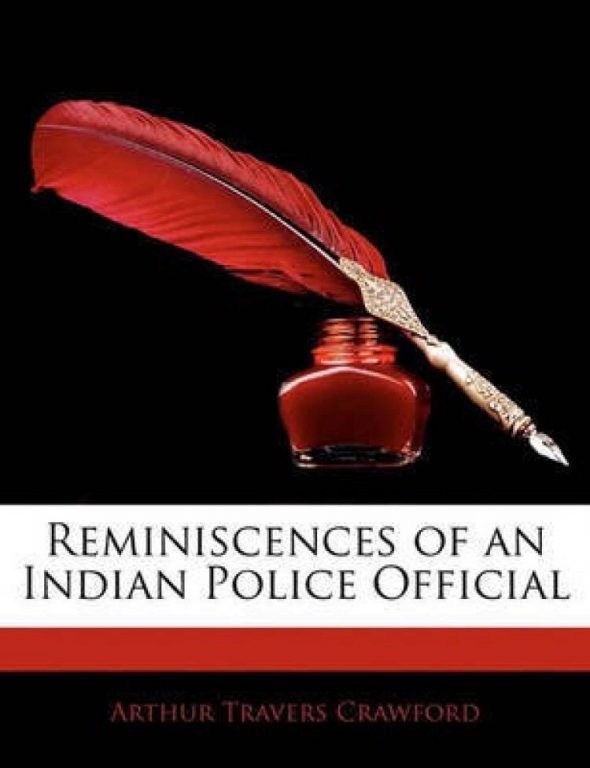
FINANCIAL IRREGULARITIES CHARGES
A rapid transformation of the city under him led to accusations of financial irregularities, too. According to history books, Crawford, in his zeal to improve the conditions of the city, ended up manipulating money accounts. He was defended by lawyer Pherozeshah Mehta during the Municipal controversy in 1870. He was charged on 33 counts, from corruption to borrowing money from subordinates.
COURT FOUND HIM NOT GUILTY
Though Crawford by and large remained undeterred during his stint as the Municipal Commissioner, things spiralled out of control once he became the Revenue Commissioner. He was accused of bribery and corruption, including that of taking money from subordinates to allow them to continue in certain departments. He was tried before a special commission, presided over by Justice Arthur Wilson of the Calcutta High Court. The inquiry began in 1880 and the commission held 67 public sittings. A great many witnesses were examined but Crawford was ultimately found not guilty.
It was held that Crawford was careless, and the main villain of the story was his personal clerk who made him sign all sorts of papers. Crawford just signed blindly and recklessly, writes P.B. Vachha in his book, Famous Judges, Lawyers and Cases of Bombay: A Judicial History of Bombay during the British Period. Crawford was also not found guilty of accepting bribes, but only of borrowing money from official subordinates.
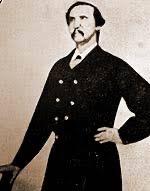
NAME REMOVED FROM CIVIL SERVANTS LIST
But despite the clean chit, the then Governor Donald Mackay, also known as Lord Reay, ordered the removal of Arthur Crawford’s name from the civil servants list. The administration also decided to take action against all the other officials who had told the Commission that they had paid bribes to get posts. Finally, all of them were asked to resign.
Ultimately, the Governor General issued a modified Act of Indemnity. It protected the officials from prosecution, but they were ordered to send in their resignations. Some monetary compensation was provided to them.
RETIRED TO LONDON
Arthur Crawford’s name was subsequently removed from the Civil Services list, and he was asked to return to London.
Facing ignominy, the once flamboyant Crawford quietly went back to London where he started devoting his time to writing books on his experiences in India.
PENNED HIS MEMOIRS
He penned his memoirs on his life in India, titled Our Troubles in Poona and the Deccan, which was published in 1897. Other books published by Crawford include Reminiscence of an Indian Police Official, The Unrest in India and Legends of Konkan.
PLAQUE STANDS TESTIMONY
A small plaque at the entrance of Mahatma Jyotirao Phule Market stands testimony to the bureaucrat’s link with Mumbai city. However, his name lives on in words of mouth, as maximum people of the maximum city still refer to the market as Crawford Market.

